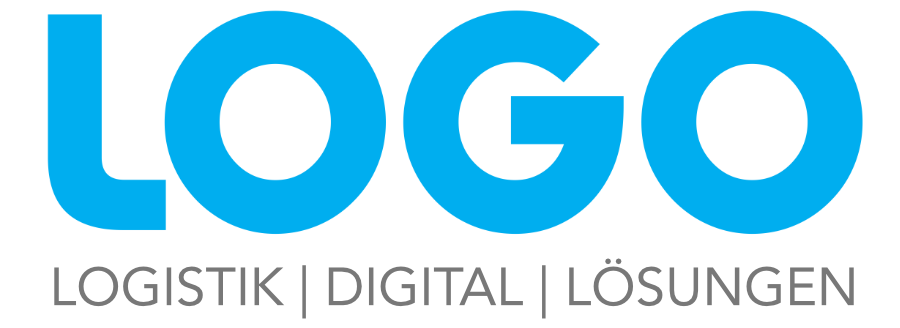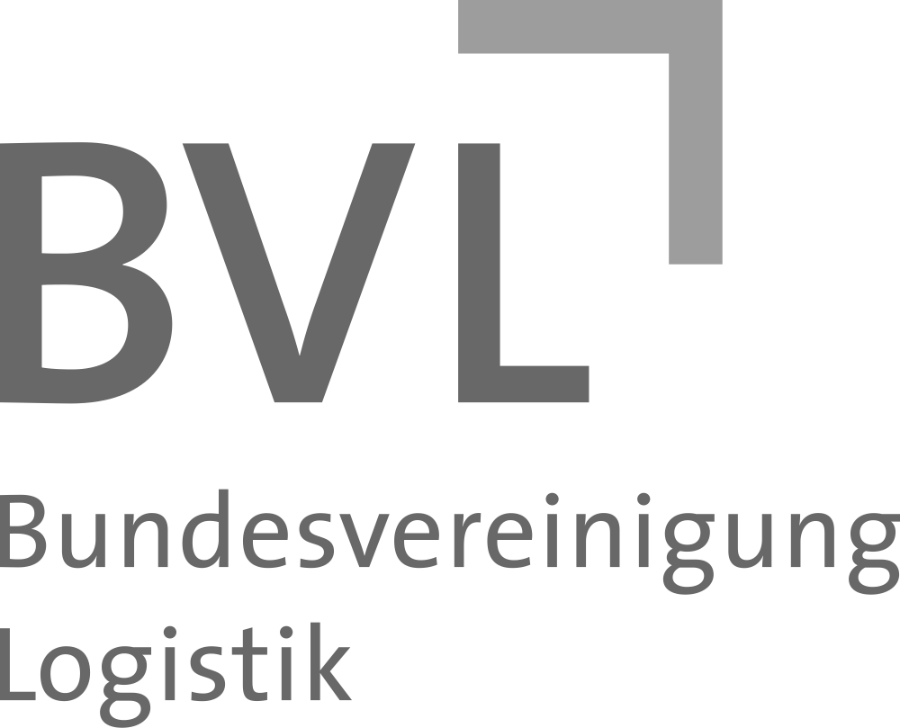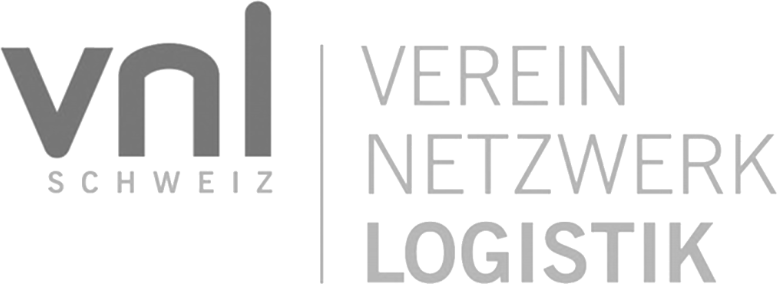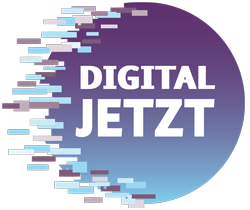In logistics, this is not yet so widespread, but in the last few months, we as CRM providers or consultants on the topic of customer experience in logistics have received an increasing number of inquiries about this. Either we are asked to set up a portal ourselves that accesses the data in the CRM, or we are asked to connect a portal from another provider.
WWhy is the topic of logistics customer portals gaining so much momentum?
1. technical possibilities
One reason that the topic of customer portals is now on everyone’s lips is certainly the technical feasibility. Just 5 years ago, it would have been quite complex to connect a portal to various databases, for example, in order to combine freight inquiries, customer complaints and information on contracts there. With modern API interfaces, however, the connection of different databases can be managed very well today.
If an integrated CRM is working in the background, which already brings together the customer numbers from all systems, this is a good basis for correctly assigning all portal communications to accounting, customer service, operations or sales.
2. customer-centric working as an important corporate strategy
At the transport logistic trade show earlier this month, it was said again and again: the logistics provider must “radically put the customer at the center of its activities.” Frauke Heistermann, supervisory board member and board member of Bundesvereinigung Logistik (BVL) and spokesperson for the initiative “Die Wirtschaftsmacher” (The Business Makers) put it this way in one of the morning “Cappucino Talks” during tl21 as the central driver of innovation among logistics companies.
A well-done customer portal can represent great added value for all customers and also for interested parties. The processes in the business relationship are presented transparently in the customer portal and establishing contact is quite simple and intuitive.
3. requirements from the private sector also influence expectations in the B2B sector
What we experience in the private sector is also what we want in our business dealings with our service providers. If I can make minor changes to my insurance policy online and view my current conditions in the portal, then I would also like to be able to do the same with my logistics service provider in B2B. If I can see where my shipment is at any time from my online store and proactively receive information about when I can expect delivery, I want the same in my business.
In the past, professional software was always much better than private software and was the innovation driver, because a lot of money was spent here.
But for the last 10 years or so, I’ve been seeing a big shift. Innovation in apps and startups is happening so rapidly that business applications can hardly keep up and the process adjustments in the company that are necessary for this are hardly enforceable.
But the customer is king and the competition never sleeps. And if the customer sees a portal with lots of cool functions and practical options at another logistics provider, the likelihood that he will switch providers is not so small.
That’s why anyone who doesn’t yet have a customer portal should think about it now at the latest.
The path to a customer portal can lead via very different paths and service providers. Sometimes a portal is offered by the TMS manufacturer, sometimes an external service provider is commissioned, or the telematics provider takes the first step. Or, as in our case, the CRM manufacturer. In any case, the portal must be able to access data from the CRM and report back information.
No new silos through non-integrated portal solutions
For several years, consultants, data specialists, and business strategists have been striving to break down data silos and achieve permeability of data and processes. The customer portal must not lead to a new silo being opened up; on the contrary, it must help to improve transparency and cooperation between departments and between the service provider and the customer.

What are typical requirements for a logistics customer portal?
A track & trace request for current shipments can be offered for all customers.
If there is a good calculation tool, freight prices can also be requested directly via the customer portal. In LOGO CRM, for example, freight rates can be stored and these are then used to calculate the freight price for the portal inquiry. Ideally, this request will immediately create a daily price in CRM and send it to the customer. The responsible supervisor is informed proactively and an automatic resubmission is created.
If a visitor has placed a freight inquiry who does not yet have a login for the customer portal, a lead can be created directly in CRM and, in turn, the responsible sales employee can be informed about the contact. A ticket can also be generated automatically from the new inquiry.
For large customers, shipment statistics can be displayed, e.g. evaluations of the proportion of relations, transport partners, logistics services, damage quotas and delivery reliability.
Another important function in the customer portal is contacting Customer Service. If a ticket system for the service desk is connected, a new ticket can be opened via the portal, a callback request can be made, or the FAQ can be called up. Today, chat is almost a standard feature on customer portals. Live chat or chat bot or a combination of both with good logic in the background are available to customers and other visitors….
In some customer portals, users can also download important documents themselves. For this purpose, a connection to a document management system makes sense. One area that many customer portals contain is the download of invoices.
Approval and order processes, including digital signatures, are also possible via the customer portal. Especially secure with blockchain technology. A submitted offer from the sales department can be viewed by the customer on the portal and if there is agreement, the customer can place the order right there.
Why can a good customer portal serve as a booster in the customer relationship?
Many studies show that logistics customers rarely have a true picture of their logistics service provider. As long as shipments run smoothly and warehouse activities are on track, the shipper often takes relatively little interest in the logistics provider.
If a well-designed customer portal is made available, the visuals alone will familiarize them with the logistics provider’s corporate design. Company logo, color scheme, content. Everything becomes more familiar to the user from week to week.
If the opportunity is taken to also present interesting news on the customer portal, the user receives even more information about the service provider. Perception and brand image become stronger, and good information offerings give the customer a positive customer experience every time they visit.
Moreover, visits to the portal can be monitored and measured, so that customer care and sales can find out who has logged in and when, and what activities have been carried out. Website tracking can also record which of the additional information was clicked on and how long the visitor stayed on which page. This is important information that allows conclusions to be drawn about customer loyalty and customer satisfaction. This can serve as the basis for data-driven recommendations for action.
If you would like to know more about the possibilities of logistics customer portals, I would be happy to advise you!
DThis post was published on the BVL-Blog on 18.05.2021.













